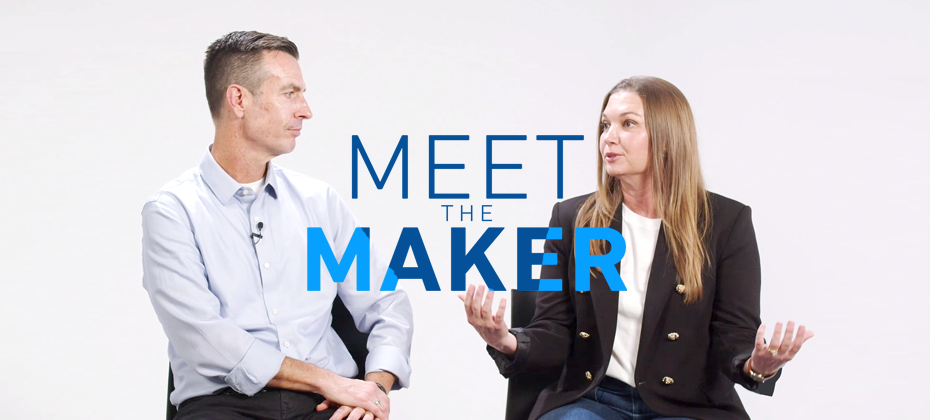
In today’s digital age, call center fraud is a growing threat that businesses can no longer afford to ignore. As fraudsters become increasingly sophisticated, it’s crucial for companies to implement robust security measures to protect both their operations and their consumers.
Various forms of call center fraud can have a significant impact on businesses. To prevent this, companies can use effective strategies including multifactor authentication solutions and account takeover prevention techniques.
But first, what is call center fraud?
Understanding call center fraud
Call center fraud occurs when fraudsters exploit vulnerabilities in customer service operations to gain unauthorized access to sensitive information and commit identity theft. This type of fraud can take many forms, including social engineering, which occurs when a fraudster manipulates a call center agent into providing information or access, and phishing, which occurs when fraudsters use deceptive tactics to obtain confidential details from unsuspecting individuals.
One of the most concerning tactics used by fraudsters is impersonation, or pretending to be legitimate consumers to gain access to accounts. Once they have access, they can make unauthorized transactions, change account details, or even take over the account entirely—a scenario known as an account takeover. The impact of these fraudulent activities can be devastating, leading to significant financial losses, damage to brand reputation, and a loss of consumer trust.
Key strategies for preventing call center fraud
According to recent research, account takeover fraud has increased by 330% in the past two years, projecting to cost $6.24 billion globally.[1] In addition, the number of U.S. consumers who have experienced account takeover has increased from 22% in 2021 to 29% in 2023.[2]
To effectively combat call center fraud, businesses must adopt a multi-layered approach that includes advanced technological solutions, comprehensive employee training, and real-time monitoring. Here are some of the most effective strategies:
1. Implementing multifactor authentication (MFA) solutions
One of the most effective ways to secure consumer interactions is by implementing multifactor authentication (MFA) solutions. MFA requires users to provide two or more verification factors to gain access to an account or complete a transaction. This adds an extra layer of security, making it significantly more difficult for fraudsters to succeed even if they have obtained some of the consumer’s information.
MFA can be integrated into call center operations in several ways. For example, businesses can use voice recognition as a biometric factor, requiring consumers to verify their identity through a unique voiceprint. Other methods include sending a one-time code via text message, which the consumer must provide during the call, or using mobile app verification, where consumers approve transactions directly through their smartphones.
2. Account takeover prevention
Account takeover is one of the most serious threats to call centers, as they involve fraudsters gaining control of a consumer’s account, often with disastrous consequences. To prevent account takeover, businesses can employ a combination of technological solutions and best practices.
First, understanding what account takeover entails is crucial. It typically begins when a fraudster obtains some of the consumer’s personal information—often through phishing, social engineering, or a data breach. They then use this information to impersonate the consumer and convince call center agents to provide them with access to the account.
To combat this, businesses can employ several account takeover prevention techniques. Anomaly detection systems can flag unusual activities, such as login attempts from unfamiliar locations or devices, prompting additional verification steps. Behavioral biometrics is another powerful tool, analyzing patterns in how users interact with their devices to detect inconsistencies that may indicate fraud. Continuous authentication, where the system continuously verifies the user’s identity throughout the session, is also effective in catching fraudsters in the act.
3. Training and awareness
Technology alone may not be enough to entirely prevent call center fraud—human factors are equally important. Regular training for call center staff is essential to ensure team members can recognize and respond to potential fraud attempts. Employees should be trained to identify common tactics used by fraudsters, such as social engineering, and to follow strict verification procedures before providing any sensitive information.
Awareness campaigns can also play a significant role in preventing fraud. Internally, companies should run regular campaigns to remind employees of the importance of adhering to security protocols. Externally, educating consumers about the risks of fraud and encouraging them to use security features like MFA can help reduce the likelihood of successful attacks.
4. Real-time monitoring and analytics
Real-time monitoring is a critical component of an effective fraud prevention strategy. By continuously monitoring calls and transactions, businesses can quickly identify and respond to suspicious activities before they escalate. Advanced analytics tools, including voice analytics and behavior analysis, can provide valuable insights into potential fraud, allowing companies to take proactive measures.
Voice analytics, for instance, can detect stress or hesitation in a caller’s voice, which may indicate that they are not who they claim to be. Behavior analysis can track how consumers typically interact with their accounts, flagging deviations from the norm as potential fraud. Continuous improvement is key here—regularly reviewing and updating monitoring protocols ensures that businesses stay ahead of evolving threats.
Preventing call center fraud in your business
By using a multi-layered fraud approach through a variety of authentication solutions, your business can quickly detect call center fraud without disrupting your consumers’ experience.
Identify the risk
- Identity-based risk detection can pinpoint when a specific identity may be in the hands of fraudsters.
- Device intelligence solutions can recognize the risk associated with a specific device used to attempt online access.
Address the risk
- Knowledge-based authentication (KBA) can quickly authenticate users by asking questions only they can answer, which can deter fraudsters.
- MFA services can generate and deliver a one-time password to a consumer’s mobile device to verify their identity in real time.
- Document verification allows your business to collect and verify images of identity documents uploaded from a consumer’s mobile device.
Protect your business and your consumers from call center fraud
Call center fraud is a significant threat that requires a proactive and comprehensive approach to prevention. By implementing strategies such as multifactor authentication solutions, account takeover prevention techniques, and robust employee training, businesses can significantly reduce their risk of falling victim to fraud.
In today’s fast-paced digital world, staying vigilant and proactive is the key to safeguarding your call center against fraud. Act now to protect your business and maintain the trust of your consumers.
Enable your call center to detect risk quickly and effectively with our robust fraud prevention solutions.
This article includes content created by an AI language model and is intended to provide general information.
[1] Worldmetrics.org, Account Takeover Statistics: Losses to Reach $6.24 Billion Globally, 2024.
[2] Security.org, Account Takeover Incidents are Rising: How to Protect Yourself in 2024.


